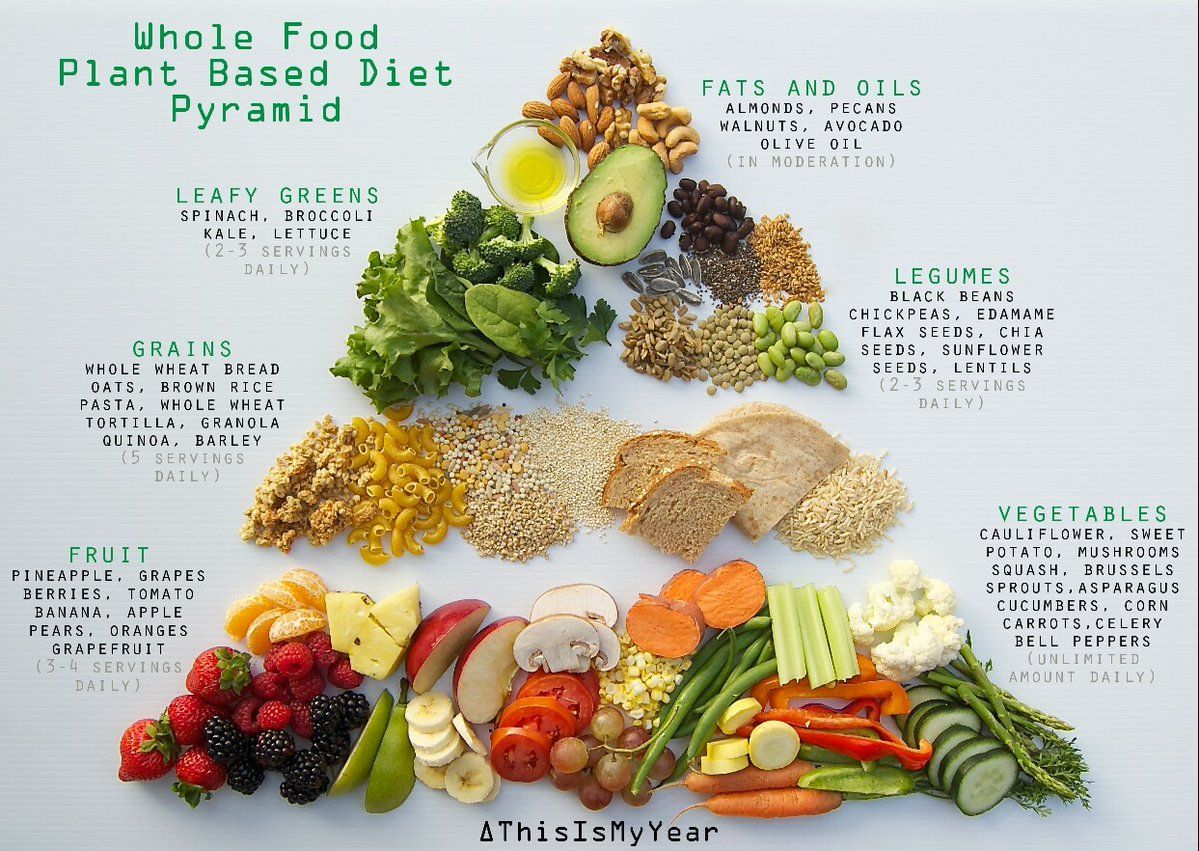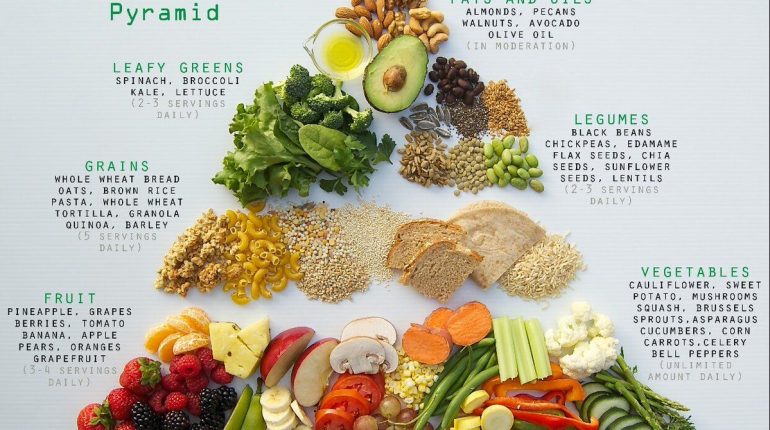In the quest for better health and wellness, the whole foods diet has emerged as a popular and effective approach. Unlike many trendy diets that focus on restricting certain food groups or counting calories, a whole foods diet emphasizes consuming natural, minimally processed foods. This simple yet powerful approach to eating can lead to numerous health benefits. In this article, we will explore what a whole foods diet entails, its benefits, and practical tips for incorporating more whole foods into your daily routine.
What is a Whole Foods Diet?
A whole foods diet is based on the principle of eating foods in their most natural and unprocessed form. This means prioritizing fresh fruits and vegetables, whole grains, nuts, seeds, legumes, and lean proteins. The idea is to avoid or minimize the intake of processed and packaged foods that often contain added sugars, unhealthy fats, and artificial ingredients.
Key components of a whole foods diet include:
Fruits and Vegetables: Fresh, colorful, and seasonal produce.
Whole Grains: Foods like quinoa, brown rice, oats, and whole wheat products.
Nuts and Seeds: Almonds, walnuts, chia seeds, flaxseeds, and more.
Legumes: Beans, lentils, chickpeas, and peas.
Lean Proteins: Sources such as fish, poultry, eggs, and plant-based proteins like tofu and tempeh.
Healthy Fats: Avocados, olive oil, and fatty fish like salmon.
Health Benefits of a Whole Foods Diet
Improved Nutrient Intake
Whole foods are rich in essential nutrients that are often stripped away during processing. By consuming a variety of whole foods, you ensure a better intake of vitamins, minerals, antioxidants, and fiber. For example, fruits and vegetables are loaded with vitamins A, C, and K, as well as potassium and magnesium, which are crucial for maintaining bodily functions and preventing chronic diseases.
Better Digestive Health
A diet high in whole foods is naturally rich in dietary fiber, which is essential for good digestive health. Fiber aids in regular bowel movements, prevents constipation, and supports a healthy gut microbiome. Whole grains, fruits, vegetables, and legumes are excellent sources of both soluble and insoluble fiber.
Weight Management
Whole foods tend to be lower in calories and higher in nutrients compared to processed foods. They also have a lower glycemic index, meaning they cause a slower, more gradual rise in blood sugar levels. This helps in managing hunger and reducing cravings, making it easier to maintain a healthy weight.
Reduced Risk of Chronic Diseases
Numerous studies have linked a diet rich in whole foods to a lower risk of chronic diseases such as heart disease, diabetes, and certain cancers. The antioxidants and phytochemicals found in fruits and vegetables help reduce inflammation and protect against cellular damage. Whole grains and healthy fats contribute to improved heart health by lowering bad cholesterol levels and supporting healthy blood pressure.
Enhanced Energy Levels
Whole foods provide a steady source of energy, as they are digested more slowly compared to refined and processed foods. This results in more stable blood sugar levels and sustained energy throughout the day. By avoiding the sugar spikes and crashes associated with processed foods, you can feel more energized and productive.

Practical Tips for Incorporating Whole Foods
Start Gradually: If you’re new to a whole foods diet, start by making small changes. Add an extra serving of vegetables to your meals, choose whole grain options over refined grains, and snack on fruits and nuts instead of processed snacks.
Plan Your Meals: Planning your meals in advance can help you make healthier choices and avoid the temptation of convenience foods. Create a weekly meal plan that includes a variety of whole foods, and prepare a shopping list to keep you on track.
Cook at Home: Preparing meals at home gives you control over the ingredients you use and how your food is prepared. Experiment with new recipes that focus on whole foods, and use herbs and spices to enhance flavors naturally.
Read Labels: When purchasing packaged foods, read the labels carefully. Look for products with a short list of ingredients that you recognize and avoid those with added sugars, unhealthy fats, and artificial additives.
Shop Smart: Spend more time in the produce, bulk, and fresh food sections of your grocery store. Farmers’ markets are also great places to find fresh, seasonal, and locally grown whole foods.
Stay Hydrated: Drink plenty of water throughout the day. Staying hydrated is essential for overall health and can also help control hunger and cravings.
Limit Added Sugars: Be mindful of the added sugars in your diet. Opt for natural sweeteners like honey or maple syrup in moderation and enjoy the natural sweetness of fruits.
Focus on Variety: Eating a wide variety of whole foods ensures you get a broad spectrum of nutrients. Try to include different colors of fruits and vegetables in your diet to maximize your intake of various vitamins and minerals.
Embracing a whole foods diet can lead to significant improvements in your health and well-being. By focusing on natural, unprocessed foods, you can enhance your nutrient intake, improve digestive health, manage your weight, reduce the risk of chronic diseases, and boost your energy levels. Making the switch to a whole foods diet doesn’t have to be overwhelming. Start with small changes, plan your meals, and enjoy the journey towards a healthier, more vibrant you. Remember, the key to success is consistency and making informed, mindful choices about the foods you consume.


















